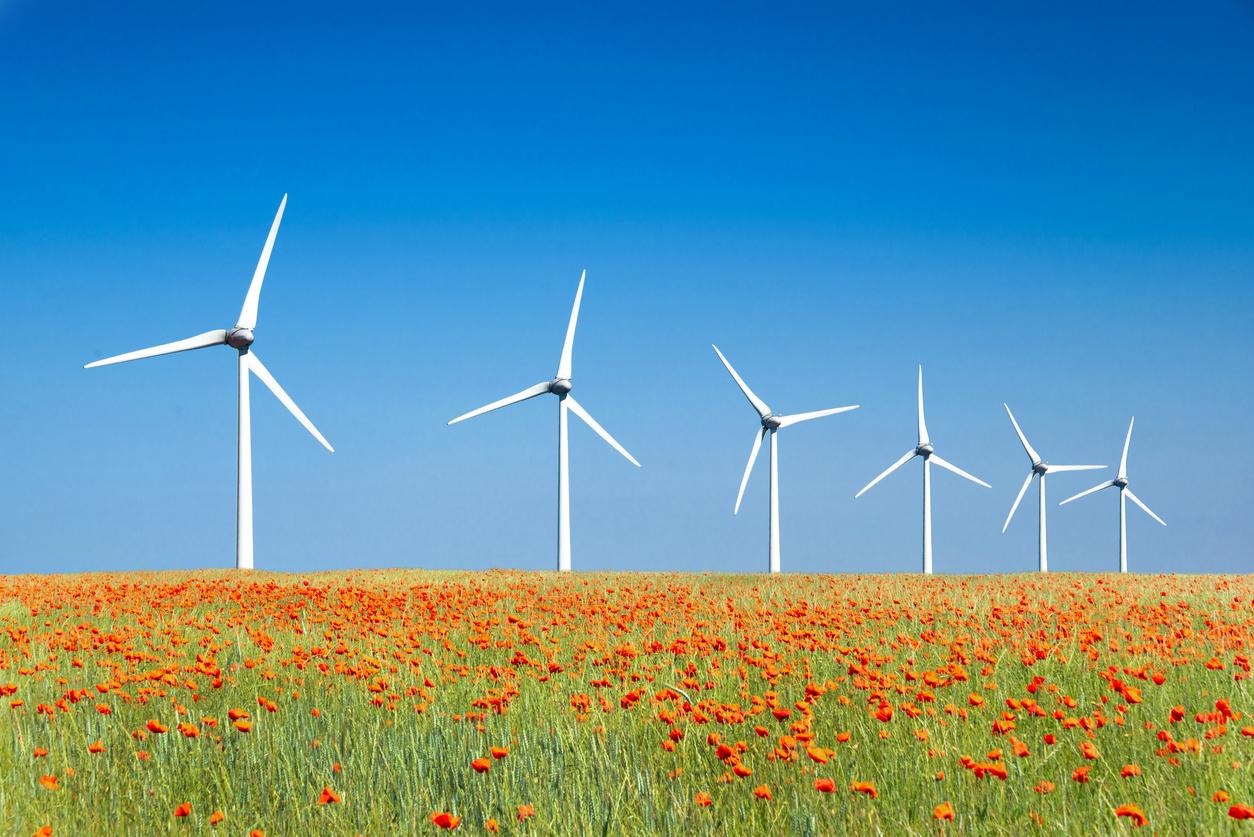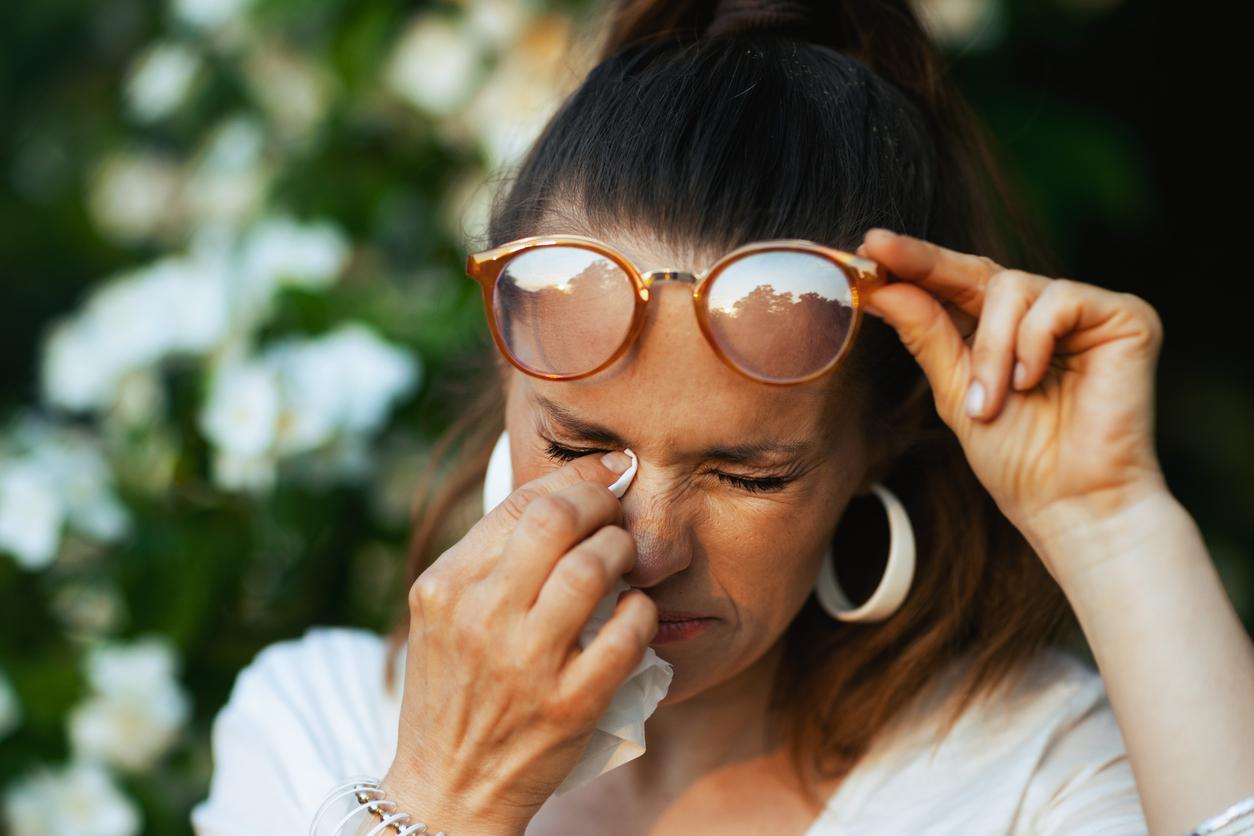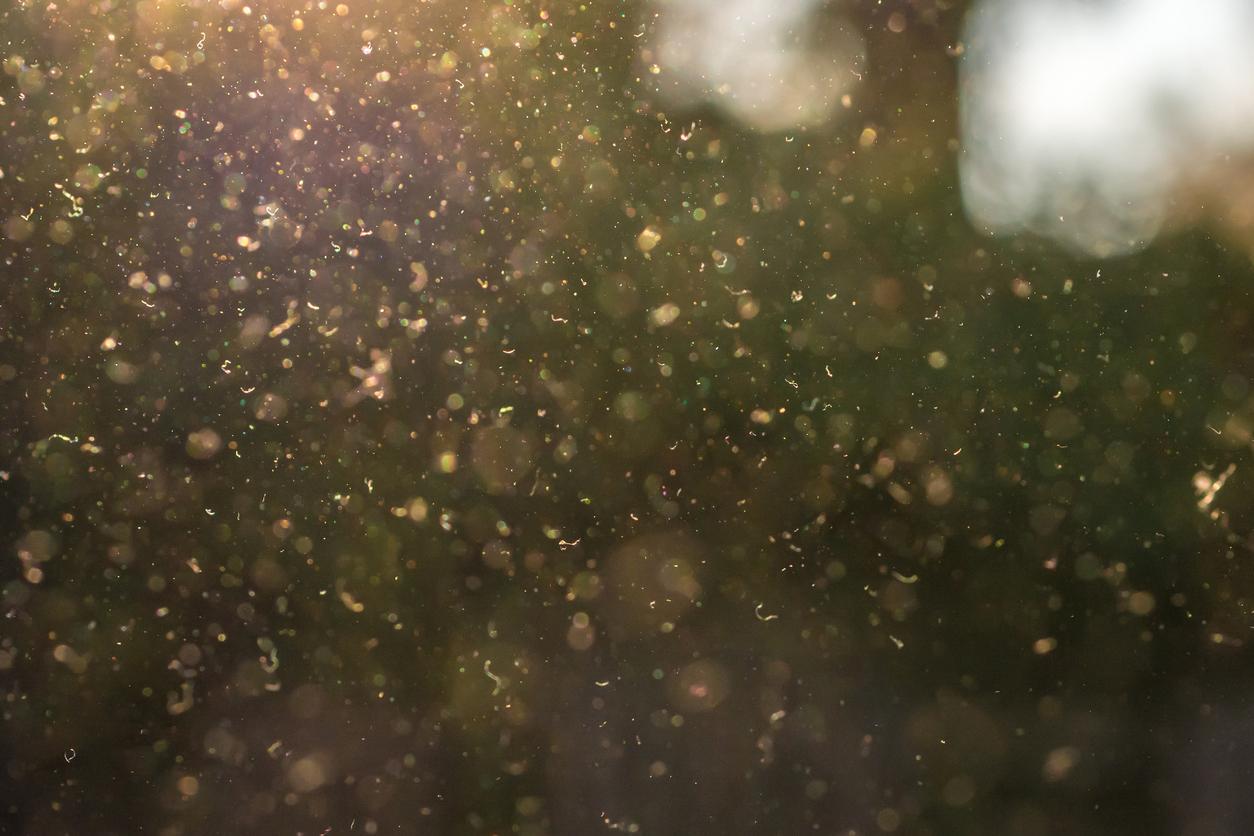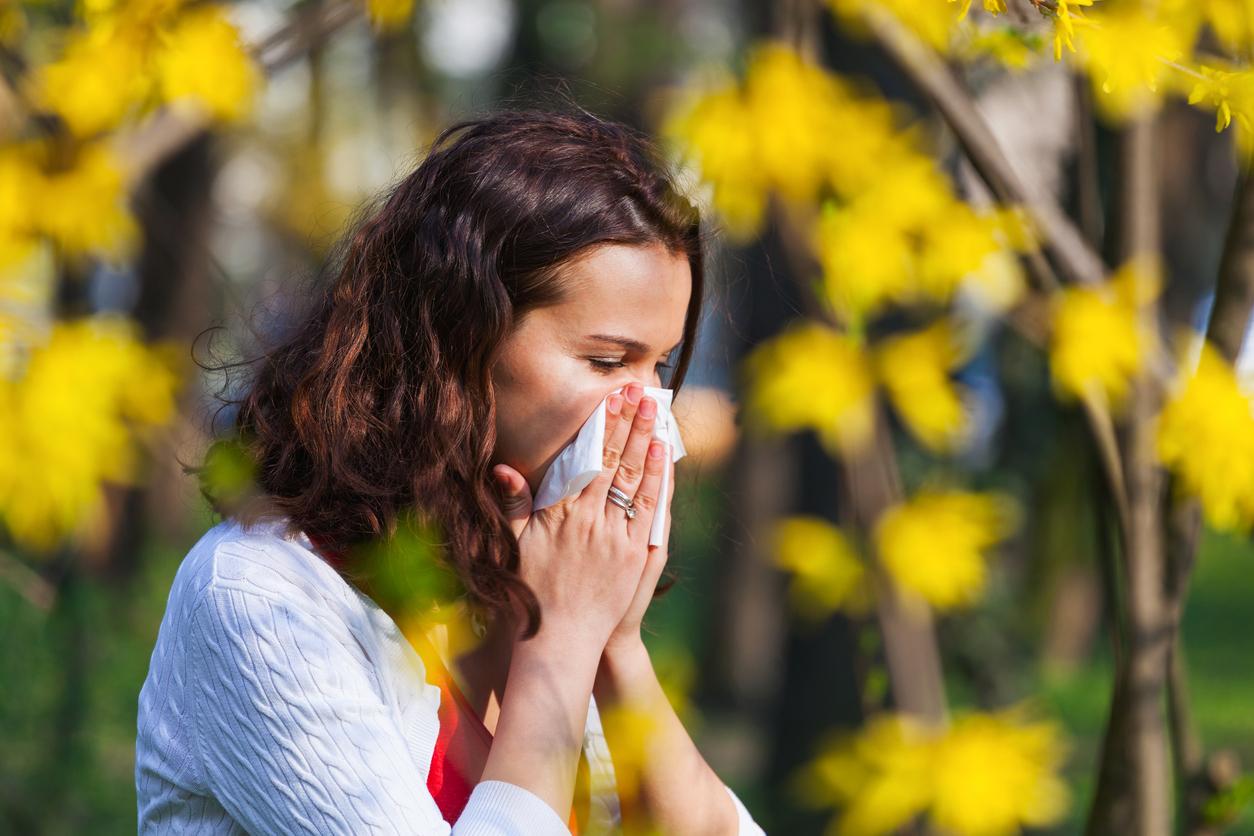Ragweed allergies are making a comeback as the flowering season has begun. The National Aerobiological Surveillance Network recommends that allergy sufferers take their treatment.
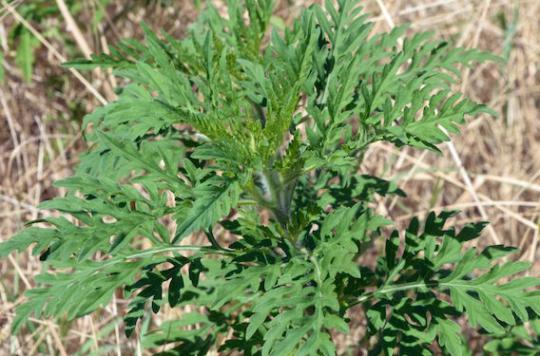
The second half of August marks the return of ragweed allergies. This plant, which abounds in France, to the chagrin of allergy sufferers, has started flowering. A first peak was observed in the Rhône valley with an allergic risk of average level in the north of Isère, the north of the Drôme and the south of the Rhône, warns the last bulletin of the National Aerobiological Surveillance Network.
Weather conditions should not interfere with the spread of pollen from the plant. Thus, “the thunderstorms announced for the days to come should not interfere with the pollination of ragweed”, further warns the Network. The north of France is currently spared, with a “very low” allergic risk.
1.2 million allergic people
Ambrosia is a herbaceous plant, which can trigger severe allergies. It is a kind of weed, which grows everywhere. When its flowers develop in summer, they release thousands of grains of pollen. And this can lead to conjunctivitis, rhinitis, or even asthma attacks. It is estimated that 1.2 million French people are allergic to this plant.
For the time being, the RNSA advises all allergic to ragweed pollen to strictly follow the treatments prescribed by the doctors, and indicates that an increase in the quantities of pollen should be expected in the coming weeks.
Other pollens are also progressing, without any real consequence on allergies. Urticaceae pollens are currently the most numerous in the French sky, but at best will only cause “a low level allergic risk”, indicates the Network. These pollens should only bother the most sensitive. Ditto for grass pollens which are gradually disappearing, “even if they are resisting in the north and west of France”.
.




